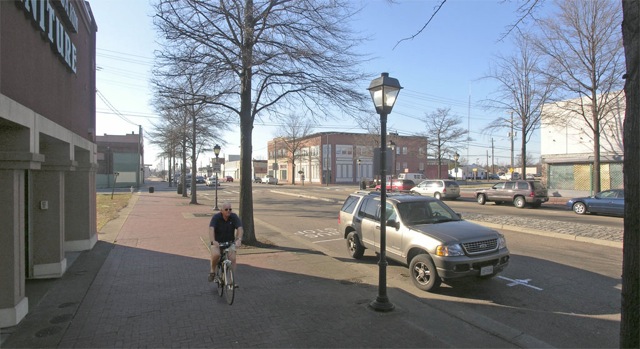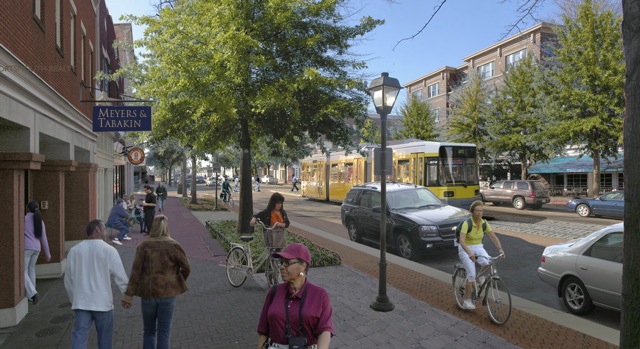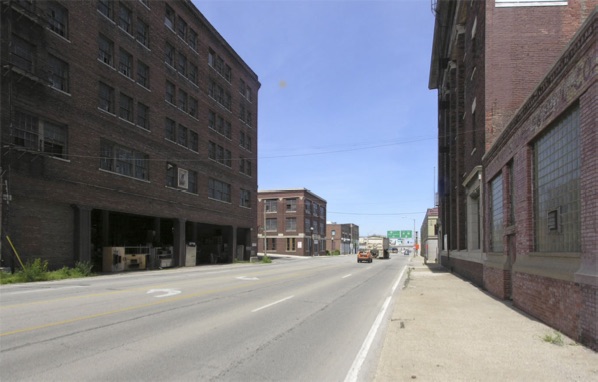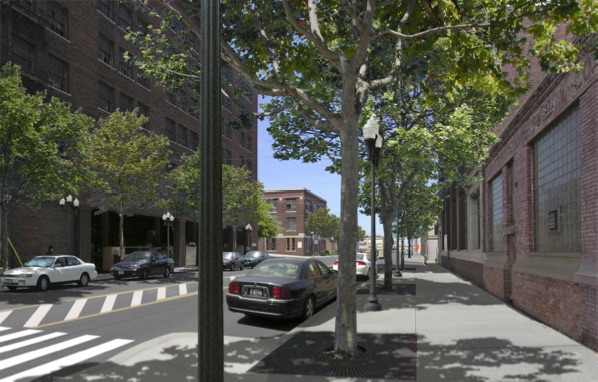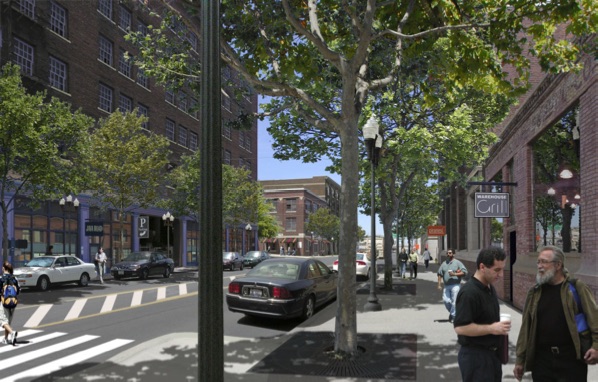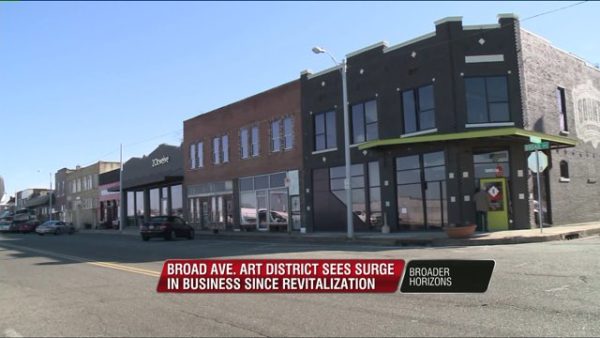
Assisting PlaceMakers, Urban Advisors provided an economic analysis and development strategy for historic Downtown San Marcos. This project provided the implementation strategy for the recent Downtown San Marcos Masterplan. Our research evaluated regional projections and coordinated in implementing the Regional Growth Concept, with goals to absorb growth in San Marcos within a one mile radius. By quantifying growth pressures, we developed a program of uses for housing, employment and retail that guided the design team. Our recommendations included goals for employment centers and target industries as well as potential retail categories. A list of requirements for successful implementation enumerated issues that needed to be addressed and suggested resolutions.

 Working with TND Planning Group and Seth Harry & Associates, Urban Advisors provided market and economic impact analysis for the Highlandtown-Greektown Transit Oriented Development charrette and plan. The goal of this analysis was to determine how the public investment of the planned Red Line light rail stop could help revive a traditional commercial corridor. Our analysis coordinated with the station area design and public improvements to describe how the transit stop was positioned to capture new development of working class professionals and new employment uses that would help support the corridor. With an existing retail base, highway access, an adjacent Johns Hopkins medical campus, large and underutilized sites, and a planned light rail stop, the location has the potential to be an economic engine for the City as well as revitalize the neighborhood. Our conclusions outlined goals and requirements for successful redevelopment and strategies for improving business conditions and support for the corridor. The impact analysis quantifying the potential redevelopment value is now a tool for the community to use in advocating for the implementation of the plan and funding for the Light Rail.
Working with TND Planning Group and Seth Harry & Associates, Urban Advisors provided market and economic impact analysis for the Highlandtown-Greektown Transit Oriented Development charrette and plan. The goal of this analysis was to determine how the public investment of the planned Red Line light rail stop could help revive a traditional commercial corridor. Our analysis coordinated with the station area design and public improvements to describe how the transit stop was positioned to capture new development of working class professionals and new employment uses that would help support the corridor. With an existing retail base, highway access, an adjacent Johns Hopkins medical campus, large and underutilized sites, and a planned light rail stop, the location has the potential to be an economic engine for the City as well as revitalize the neighborhood. Our conclusions outlined goals and requirements for successful redevelopment and strategies for improving business conditions and support for the corridor. The impact analysis quantifying the potential redevelopment value is now a tool for the community to use in advocating for the implementation of the plan and funding for the Light Rail.
